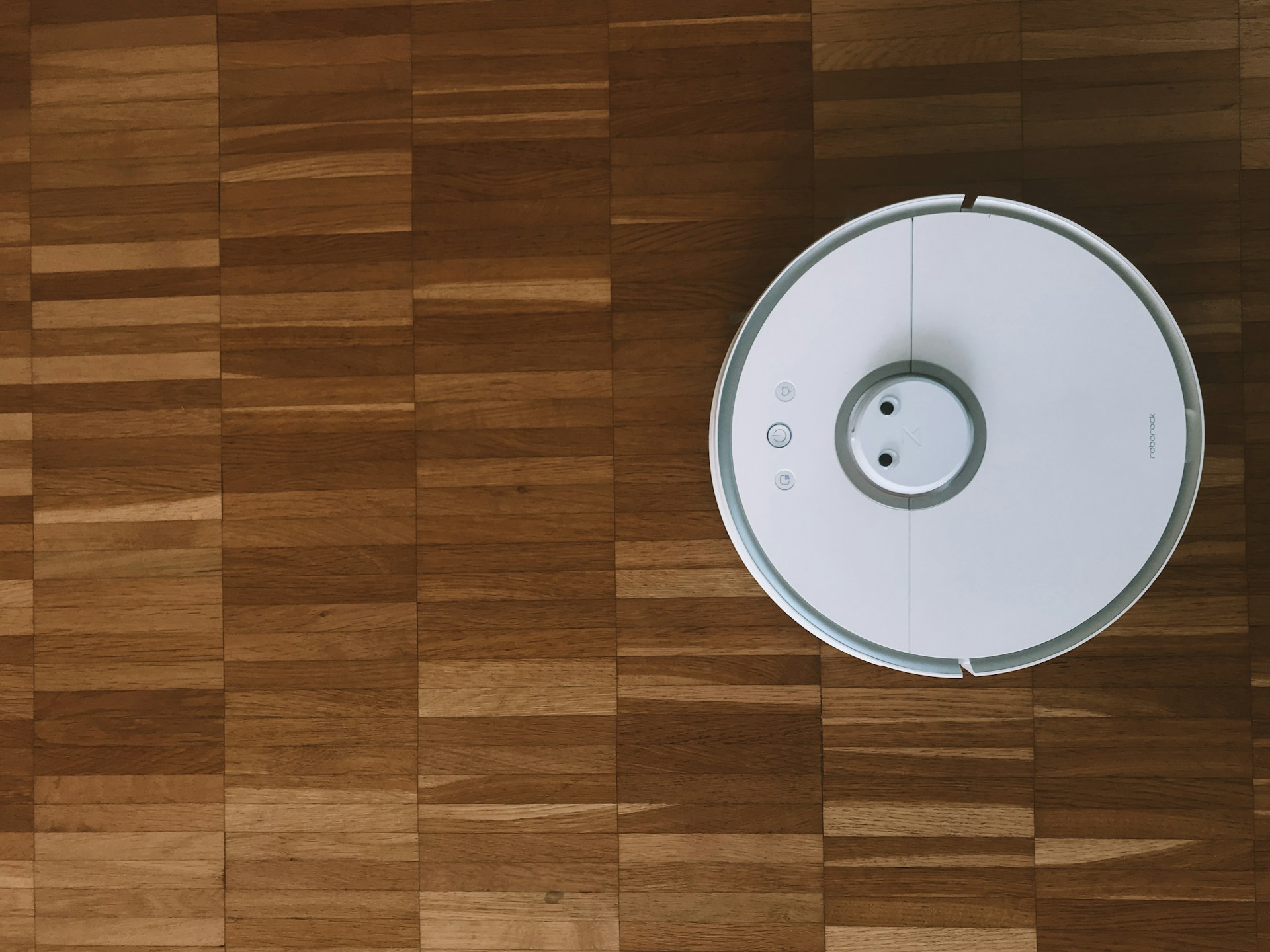Are Flush Access Doors Easy To Clean and Maintain?
Are Flush Access Doors Easy To Clean and Maintain in Commercial Buildings?
Flush access doors make cleaning and maintenance in commercial buildings easier than traditional panels. Their smooth, flush surfaces prevent dust and grime buildup and wipe down quickly.
For janitorial teams, flush panels save valuable time during routine upkeep. This means fewer headaches, lower maintenance costs, and more efficient building operations for facility managers.
In environments like hospitals, offices, or retail spaces where cleanliness and accessibility are important, these easy-to-clean access doors offer a practical solution that blends durability with design.
In this article, we'll explain why flush access doors are easy to clean and how they contribute to long-term building maintenance efficiency.
What Are Flush Access Doors in Commercial Buildings?
Flush access doors are specialized panels designed to sit perfectly level with the surrounding wall or ceiling surface, creating a seamless, hidden look. Their primary role is to provide a discreet and secure entry point to hidden building components like HVAC systems, plumbing valves, and electrical wiring.
Unlike traditional access panels that protrude from the wall, flush access doors are designed to disappear into drywall or masonry. This distinction offers both aesthetic and practical benefits.
With their smooth, uninterrupted surfaces, they’re a preferred choice for modern commercial design, where a minimalist look is a priority.
Why Does Regular Maintenance Matter for Commercial Facilities?
Routine flush access panel maintenance helps ensure the long-term performance, safety, and hygiene of a commercial building.
Neglecting the upkeep of access doors can lead to significant problems.
- Over time, dust, moisture, and grime can accumulate on and around these panels. These can create unsanitary conditions and potentially damage the internal components they protect.
- Mold and mildew can also form in damp environments, posing health risks to building occupants.
- Wear and tear, such as faulty latches or rusted hinges, can compromise the door's functionality, making it difficult to access systems during an emergency.
The design of a flush access door impacts the effectiveness of these cleaning routines. It makes it difficult for dirt to settle, simplifying regular commercial building cleaning and inspection tasks for maintenance teams.
Are Flush Access Doors Really Easy To Clean?
The simple answer is yes. The primary reason flush access doors are so easy to clean is their streamlined design. Unlike traditional panels with visible frames and hardware, these doors have features that make them easy to wipe down. These include:
- Concealed hinges
- Removable doors or push-to-open latches (i.e., no handles)
- Flush panel
With these features, a simple wipe with a cloth is often all that’s needed to remove surface grime.
However, design isn't the only factor that makes access doors and panels easy to clean. The material choice of the door is also a significant factor.
For example, stainless steel flush access doors are by far the easiest to clean because of their non-porous and super corrosion-resistant nature. They're ideal for sterile environments like clean rooms, hospitals, or kitchens.
Drywall inlay doors can be painted or textured to match the surrounding wall, making their seamless design easy to maintain with minimal effort.
How Do Flush Access Panels Improve Maintenance Efficiency?
Flush access panels improve maintenance efficiency through their durability, easy-to-open design, and ability to reduce long-term maintenance costs.
Beyond their low-maintenance surfaces, quality flush access panels are built for long-term efficiency. Their strong construction makes them highly resistant to scratches, dents, and corrosion. Compared to flimsier panels, they require less frequent repair or replacement.
This durability translates into lower long-term maintenance costs for building owners.
The design also prioritizes quick and easy access. Features like touch latches and concealed hinges allow maintenance staff to open the door quickly for inspections or repairs without needing special tools.
This easy-to-open design saves valuable time for maintenance teams, allowing them to complete tasks faster and more efficiently. For janitorial staff, the smooth, flat surface means less time spent on detailed cleaning, freeing them up for other tasks.
This combination of durability and accessibility makes flush panels a smart addition to facility upkeep solutions.
What Are the Best Practices for Maintaining Flush Access Doors?
The best practices for maintaining flush access doors involve establishing a routine cleaning schedule, using safe cleaning products, and performing regular inspections of critical components like hinges, locks, and seals.
A proactive approach is key to ensuring flush access doors remain in excellent condition.
Establish a Routine Cleaning Schedule
A simple routine cleaning schedule—such as a quick wipe-down during daily or weekly janitorial rounds—is often sufficient to keep the surface clean. It's important to use safe cleaning products to avoid damaging the finish. Harsh or abrasive chemicals can scratch the surface or cause discoloration.
Create a Preventive Upkeep Checklist
In addition to cleaning, a preventive upkeep checklist should be implemented. Periodically inspect the door's hinges, locks, and seals to ensure they are functional. A well-maintained hinge will allow the door to open and close smoothly, while a tight seal will prevent moisture and air from entering.
Lubricating hinges can prevent squeaking and wear. Addressing minor issues early can significantly extend the lifespan of flush access doors and avoid more costly repairs down the line.
Final Thoughts
Flush access doors are designed to make cleaning and maintenance more efficient, serving as a part of a modern facility's upkeep strategy. They are a long-term investment in a building's hygiene, efficiency, and aesthetic appeal.
Their seamless design enhances a building's visual appeal and reduces the time and effort required for routine cleaning and maintenance.
By adding these panels to new construction or renovation projects, you are investing in a low-maintenance, high-durability solution that simplifies building upkeep for years to come.
How To Clean Tile Floors

Now you can order cleaning services
in just 5 minutes
















